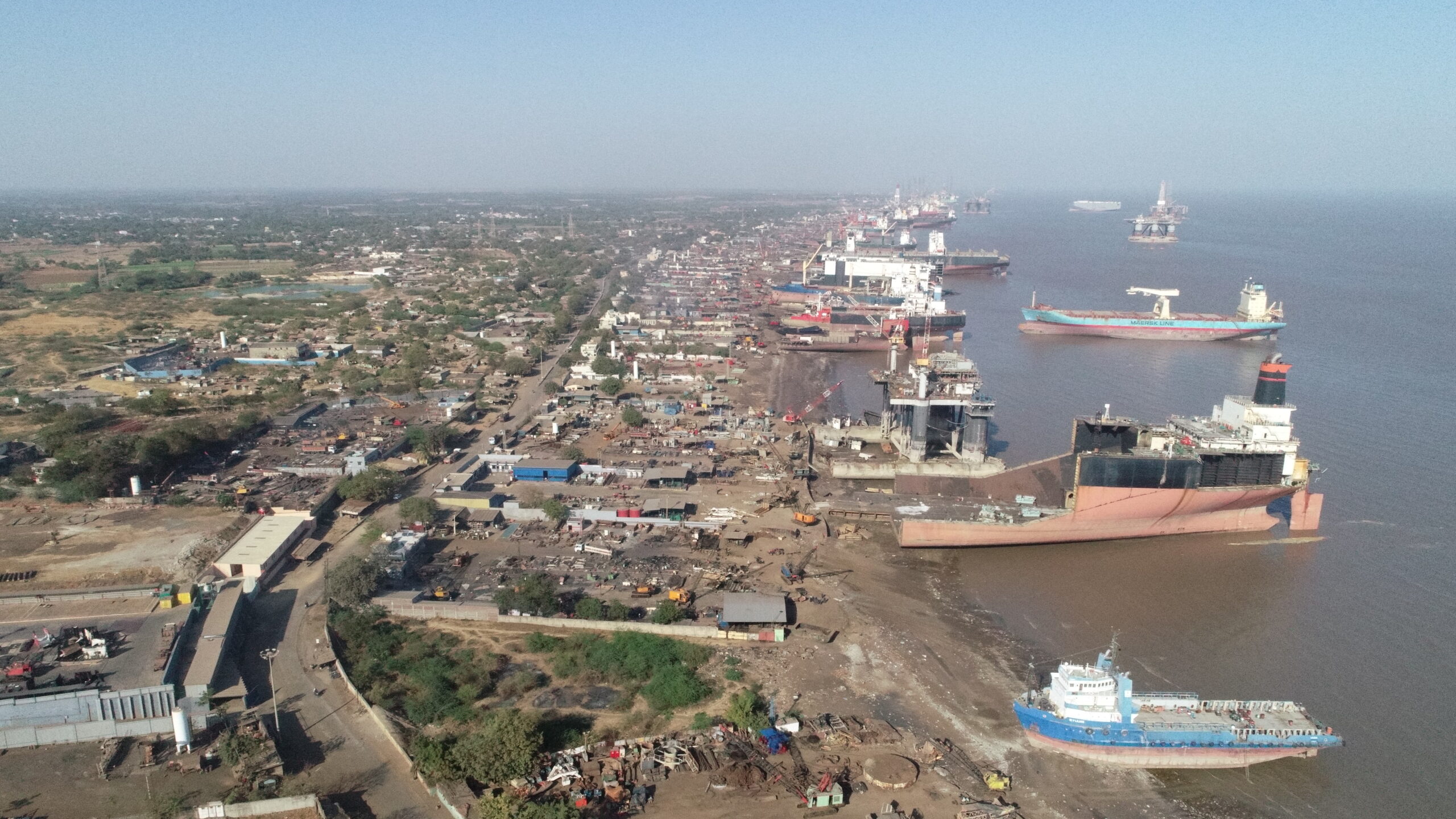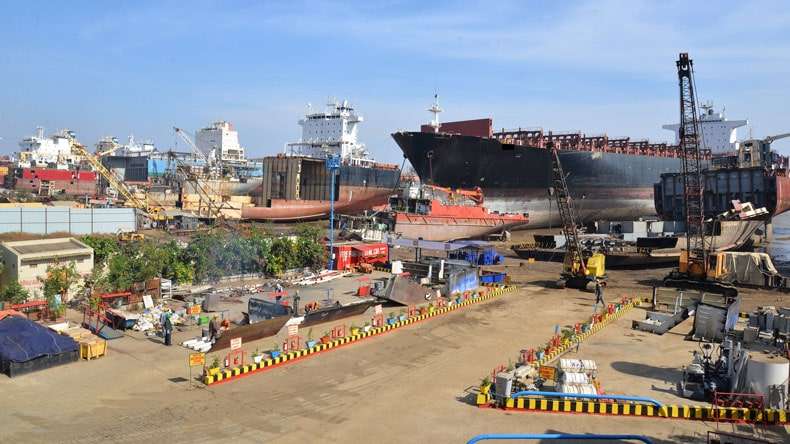India’s Shipyards Set Sail for Bigger Role in Global Market
The Indian shipbuilding industry is revving its engines, aiming to capture a larger slice of the global market. With rising demand for shipbuilding capacity worldwide, India is actively courting European shipowners for new projects. This push is backed by the Indian government, which sees a strong domestic shipbuilding industry as a key driver of the country’s industrial ambitions.

Landmark Deal for Indian Shipyard
Last week, Garden Reach Shipbuilders (GRSE), a state-owned company under the Ministry of Defense, signed a significant agreement with German firm Carsten Rehder. The deal involves constructing four multi-purpose vessels, each with a cargo capacity of 7,500 metric tons. This marks a notable shift for GRSE, traditionally known for building warships. The new vessels will be 394 feet long and well-suited for carrying a variety of cargo, including bulk goods and containers. The contract, valued at $54 million, is expected to be completed within a competitive 33-month timeframe.
Government Support Fuels Industry Growth
The Indian government recognizes the strategic importance of a robust shipbuilding industry. Since 2016, a Shipbuilding Financial Assistance Policy has been in place, offering subsidies to domestic shipyards. These subsidies have ranged from 20% in 2016 to the current rate of 11%, and are planned to decrease further by 2026. Recognizing the growing focus on environmental sustainability, the policy has been recently amended to incentivize the construction of “green vessels” powered by alternative fuels like methanol and ammonia. These vessels can qualify for subsidies as high as 30%.
This year, the government plans to further boost the industry with an additional $600 million allocated to the shipbuilding financial assistance scheme. This funding will be used to encourage the construction of inland vessels through a viability gap funding (VGF) scheme. The scheme may potentially be extended to seafaring vessels in the future.
Early Signs of Success
These initiatives appear to be paying off. Earlier this month, another government-owned shipyard in Goa secured a contract from Belgium-based Jan De Nul. The order involves building a next-generation trailing suction hopper dredger, a hybrid vessel designed for operation in small harbors. This contract, with an option for a second dredger, signifies a crucial step for the Goa shipyard’s diversification into the global commercial shipbuilding market.
European Orders on the Horizon
Udupi Cochin Shipyard, a subsidiary of the state-controlled Cochin Shipyard, recently announced a major deal with Norway’s Wilson ASA. This contract involves the design and construction of eight 6,300-ton dry cargo vessels, with an estimated total value of $131 million. This agreement highlights the growing interest of European shipowners in Indian shipyards.
Capturing a Share of the Global Market
Currently, India holds a minuscule share of the global shipbuilding market, dominated by giants like China, South Korea, and Japan. However, the need to replace ageing fleets, particularly in Europe with its strict environmental regulations, presents an opportunity for Indian shipyards. The recent influx of orders from European companies valued at over $750 million indicates a promising future for the Indian shipbuilding industry as it aspires to become a major player on the world stage.
Disclaimer:
Hey there! Just a heads-up: the stuff you find on this website is meant for general info only. We try our best to keep it accurate and up-to-date, but we can’t guarantee it’s always perfect. We’re not making any promises about how complete, accurate, reliable, suitable, or available the info, products, or services on here are for your needs.
So, if you decide to rely on any of this info, just know it’s at your own risk. We’re not responsible for any losses or damages that might happen because of using this website, whether it’s indirect, consequential, or anything else. That includes things like losing data or profits. Thanks for understanding!
Author: shipping inbox
shipping and maritime related web portal








